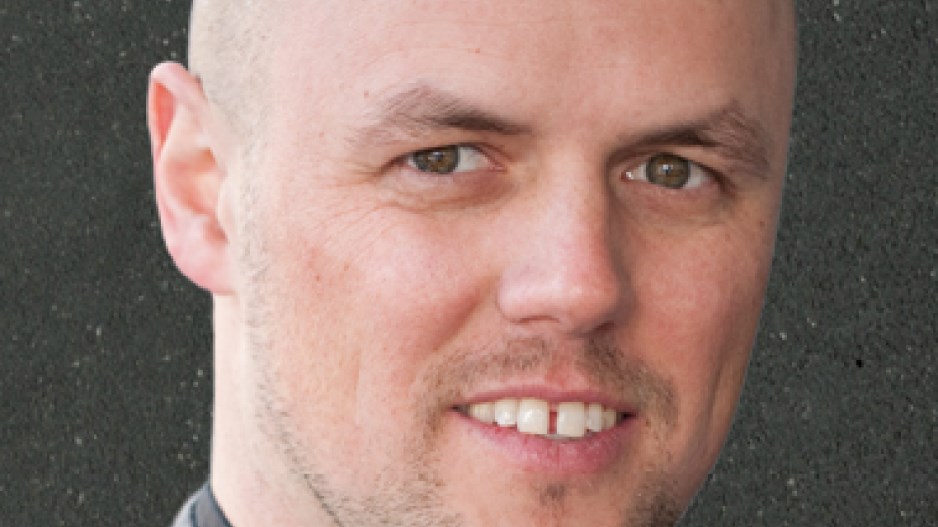Mik Kersten’s Tasktop Technologies started out selling an open-source software service for developers.
But that business model was limited, and Kersten and his management team soon realized that there would be more potential to build the company if it switched to selling a product that could be used by many different users within a software company.
“We realized this is our big opportunity, not just to connect software developers but to connect the whole organization around software development,” Kersten said.
“So we placed a bet: we took our developer tool and we took that same technology and made it be this infrastructure tool.”
The company didn’t have a hard time finding customers. The challenge instead came in managing the switch from selling a service to selling a product, which involved being paid several months down the road rather than up front.
“We did it so rapidly that we basically burned through all of the cash we’d built up selling those services,” Kersten said.
“It got to the point where we ran our account right down and briefly had to have the management team float the payroll.”
The experience taught Kersten that pivoting involves the entire company. For instance, Tasktop’s sales and marketing teams also had to be retrained, a process that took time.
Having a clear measurement of success also helped Tasktop see its vision through, even through the tough times.
“If you’re a consumer application, you’re trying to measure eyeballs and engagement and active users,” he said.
“For us, because we are more on the enterprise side of software, we have very clear definition of measurement: how many customers we booked determined how successful this thing was.”
On saying no to venture capital: “When you raise funding, you tend to sell an investor on the business model. If we’d [taken venture capital funding] at that time, we would have sold them mostly on the old [business model] because that’s what our results were from. It was the pressure of bootstrapping and making that new product have to be successful and killing ourselves for those initial sales and those initial customers that I think got us to where we are today.”




